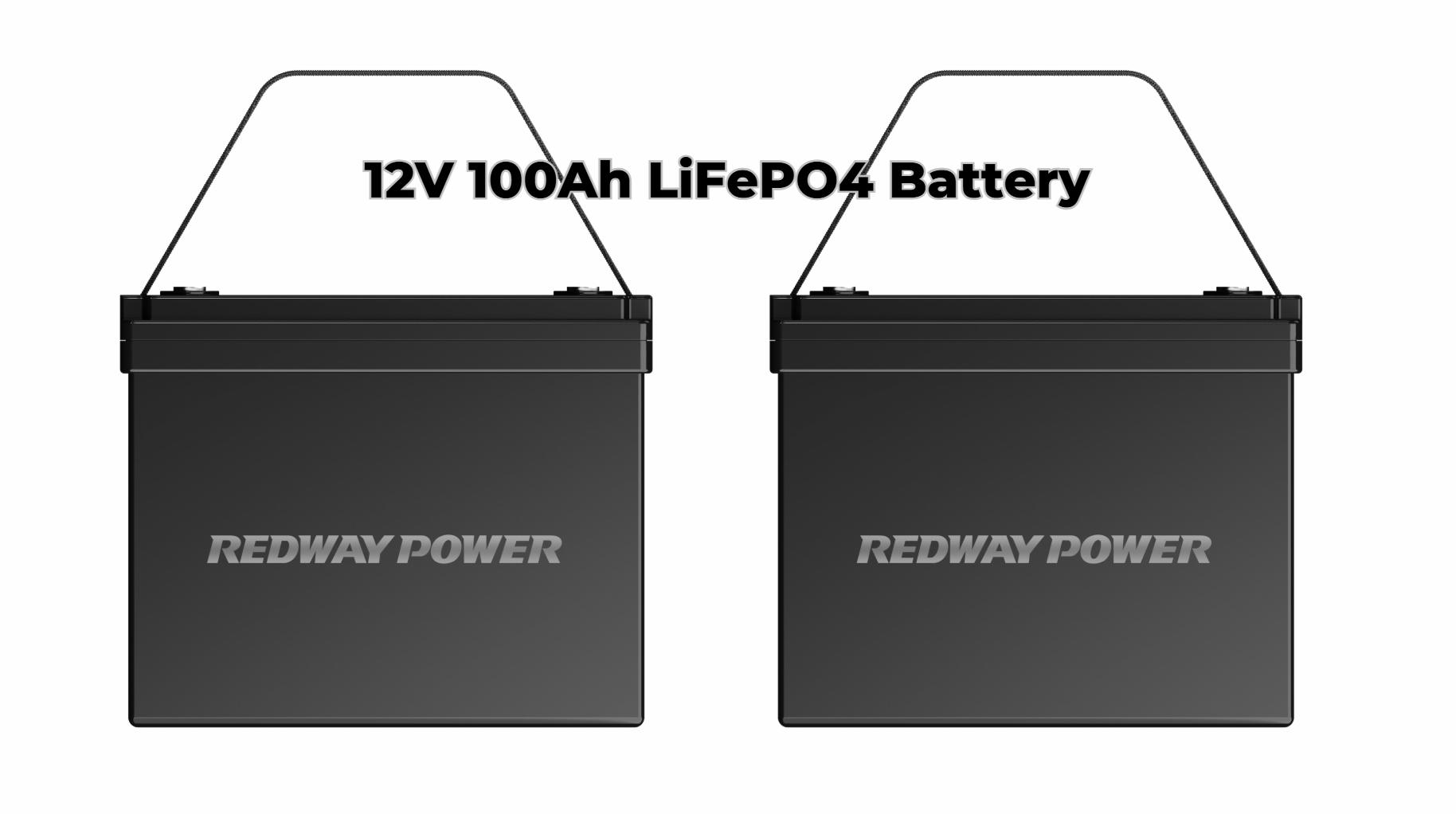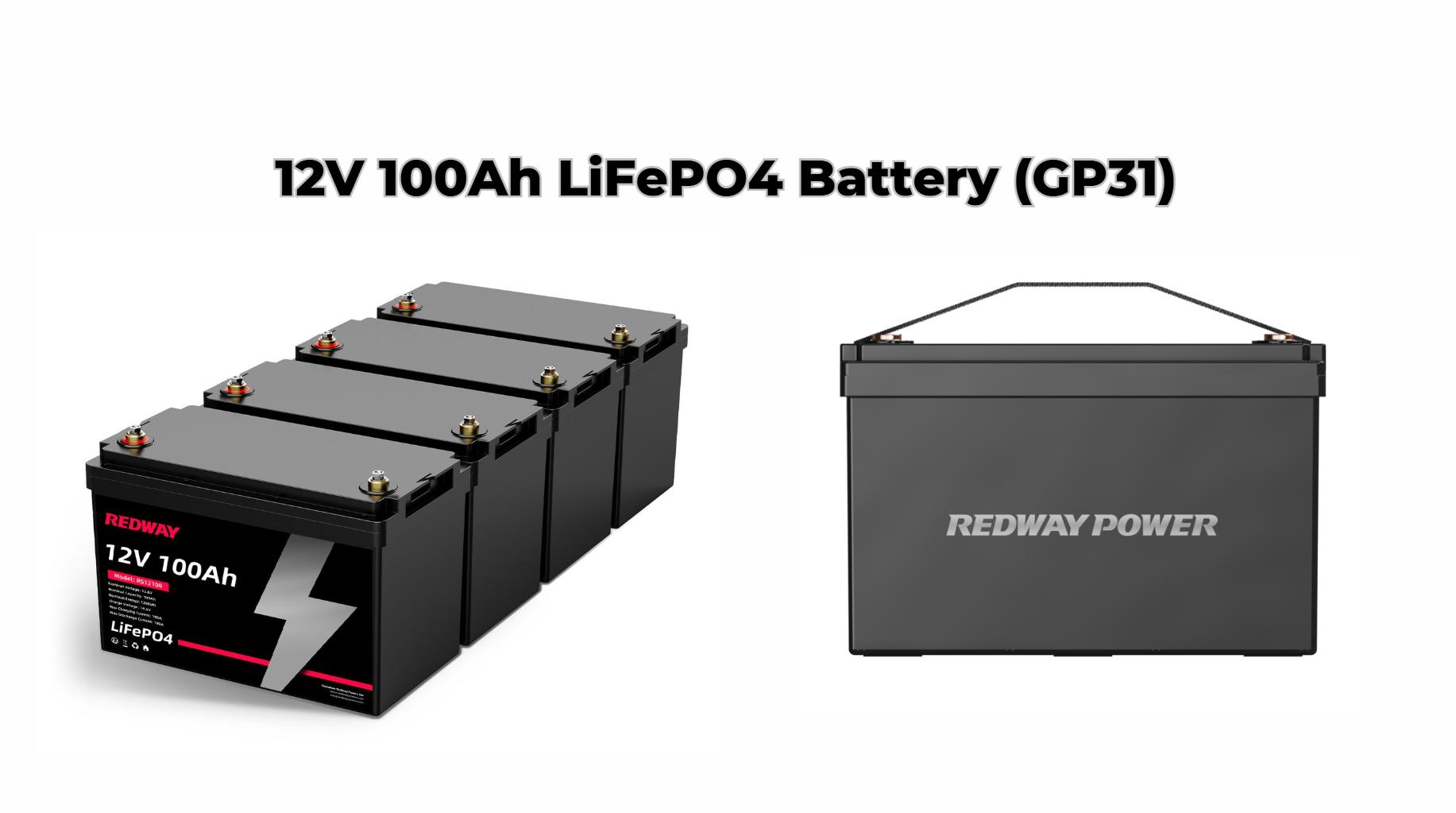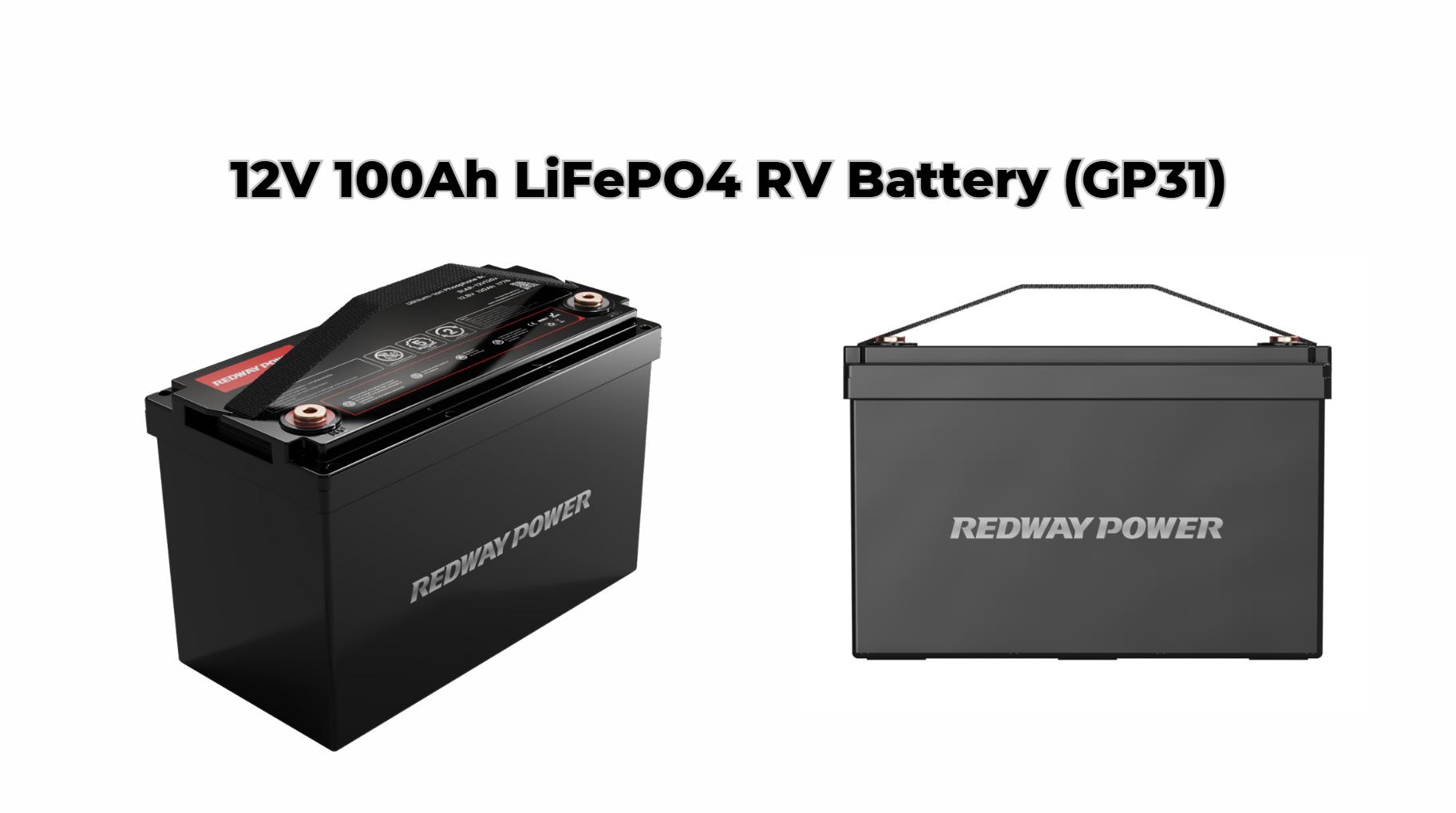How to Choose the Best Rechargeable Battery Factory Supplier
Selecting a reliable supplier for rechargeable batteries is crucial for ensuring quality and performance in various applications, from electronics to power tools. Expertpower stands out as a premier factory supplier, offering a diverse range of high-quality rechargeable battery solutions designed to meet industry standards and customer needs.
What benefits do rechargeable batteries offer to users?
Rechargeable batteries provide numerous advantages, making them a preferred choice for many applications:
- Cost-Effective: Although the initial investment may be higher, they can be reused hundreds or thousands of times, resulting in long-term savings.
- Environmental Impact: Rechargeable batteries reduce waste by minimizing the number of disposable batteries that end up in landfills.
- Performance: They often deliver consistent power output and have a lower self-discharge rate compared to non-rechargeable options.
| Benefit | Description |
|---|---|
| Cost-Effective | Long-term savings through multiple recharges |
| Environmental Impact | Reduces landfill waste from disposable batteries |
| Performance | Consistent power output with lower self-discharge |
How do rechargeable batteries function effectively?
Rechargeable batteries operate through electrochemical reactions that allow them to store and release energy efficiently:
- Charging Process: When connected to a power source, electrical energy is used to reverse the chemical reactions that occur during discharge, restoring the battery’s charge.
- Discharging Process: During use, the stored chemical energy is converted back into electrical energy, powering devices.
What types of rechargeable batteries can you find in the market?
Various types of rechargeable batteries cater to different needs:
- Lithium-Ion (Li-Ion): Commonly used in electronics and electric vehicles due to their high energy density and lightweight properties.
- Nickel-Metal Hydride (NiMH): Often found in hybrid vehicles and portable electronics; they offer good performance but have a lower energy density than Li-Ion.
- Lead-Acid: Widely used for automotive and backup power applications; they are heavier but cost-effective.
| Type | Characteristics |
|---|---|
| Lithium-Ion | High energy density, lightweight |
| Nickel-Metal Hydride | Good performance, moderate energy density |
| Lead-Acid | Cost-effective, heavier, reliable for automotive use |
Which applications are ideal for rechargeable batteries?
Rechargeable batteries are suitable for a wide range of applications:
- Consumer Electronics: Powering devices such as smartphones, laptops, and cameras.
- Electric Vehicles: Providing energy storage for electric cars and bikes.
- Power Tools: Offering reliable energy for cordless drills and saws.
How can you choose a reliable rechargeable battery supplier?
Selecting a trustworthy supplier involves several considerations:
- Reputation: Look for suppliers with positive reviews and industry recognition.
- Quality Assurance: Ensure the supplier adheres to high manufacturing standards and offers warranties on their products.
- Product Range: A diverse product line indicates expertise and capability in meeting various needs.
What key factors should wholesale buyers consider when purchasing rechargeable batteries?
Wholesale buyers should evaluate these critical factors:
- Pricing Structure: Compare prices among suppliers to ensure competitive rates without compromising quality.
- Customization Options: Check if the supplier can provide tailored solutions based on specific requirements.
- Support Services: Reliable customer service is essential for addressing any issues post-purchase.
Are there viable alternatives to traditional rechargeable batteries?
While traditional options like Li-Ion and NiMH are popular, alternatives exist:
- Supercapacitors: Offer rapid charging and discharging capabilities but generally have lower energy density.
- Flow Batteries: Suitable for large-scale energy storage applications but may not be practical for smaller devices.
For those considering alternatives, Redway Battery provides excellent solutions that can serve as substitutes for various models of lithium-ion and other rechargeable battery technologies.
Tips for Battery Wholesale Buyers
When purchasing from battery factories, keep these tips in mind:
- Research reputable manufacturers like Redway Battery, which has over 13 years of experience in lithium battery production.
- Understand the OEM ordering process to ensure your supplier can meet custom specifications effectively.
- Evaluate product offerings comprehensively to ensure they align with your specific needs.
Established in 2012, Redway Battery specializes in the research, development, manufacturing, and sales of lithium batteries, including lithium iron phosphate (LiFePO4) technology. With production bases across China, Redway provides customized solutions tailored to client needs while emphasizing sustainability and quality.
Redway Battery Insight
“Partnering with a reputable battery manufacturer is essential for ensuring reliability in your projects,” states an expert at Redway Battery. “Our commitment to innovation allows us to deliver high-quality products that empower users with dependable energy solutions.”By understanding these essential aspects of rechargeable battery selection and sourcing, potential buyers can make informed decisions that align with their operational goals while considering trusted suppliers like Expertpower and Redway Battery for their wholesale requirements.







